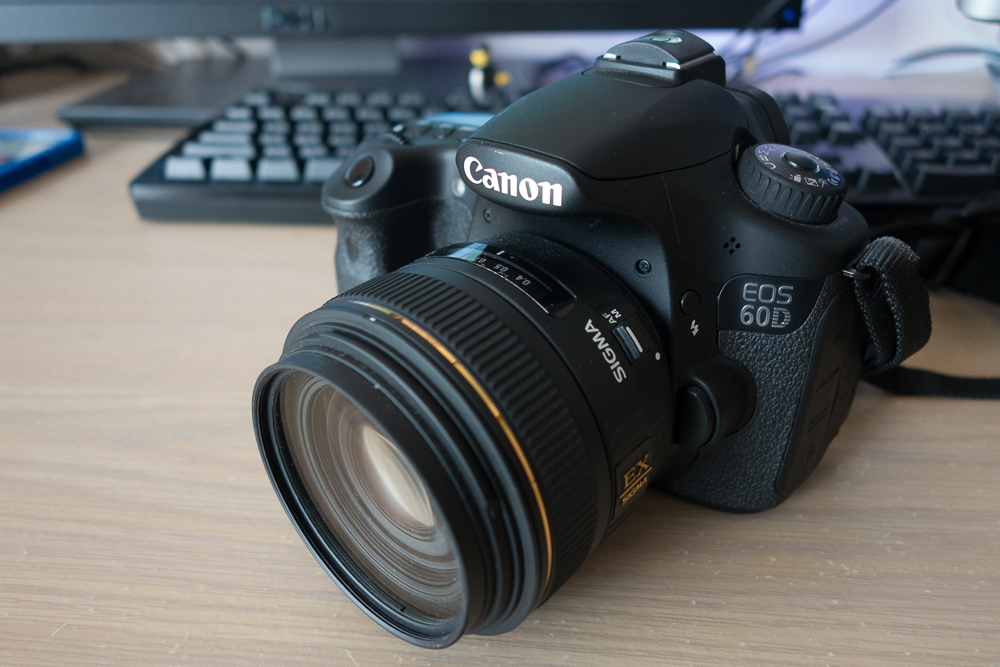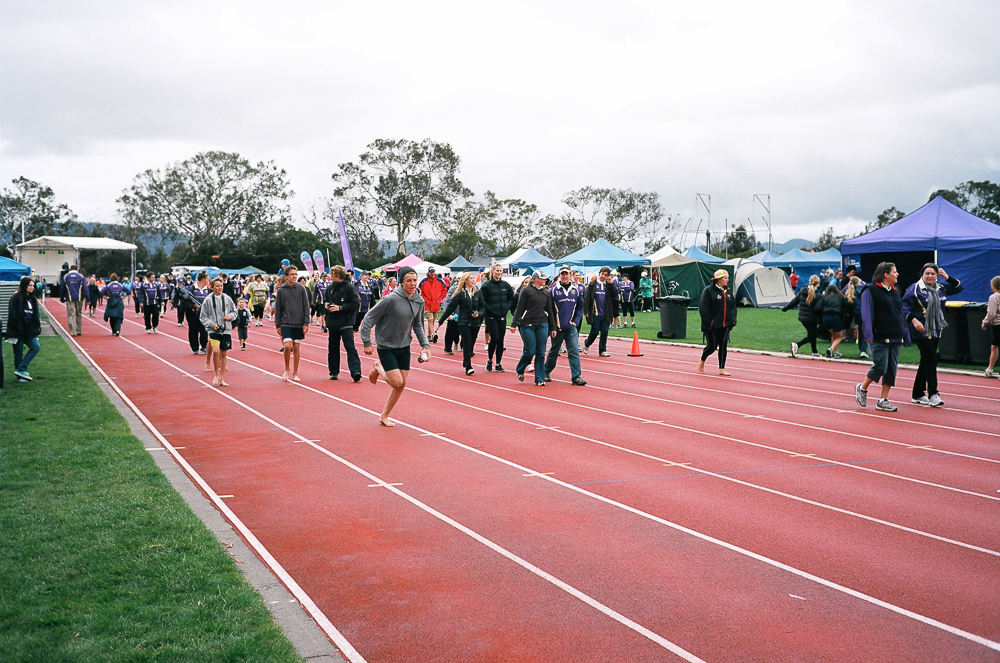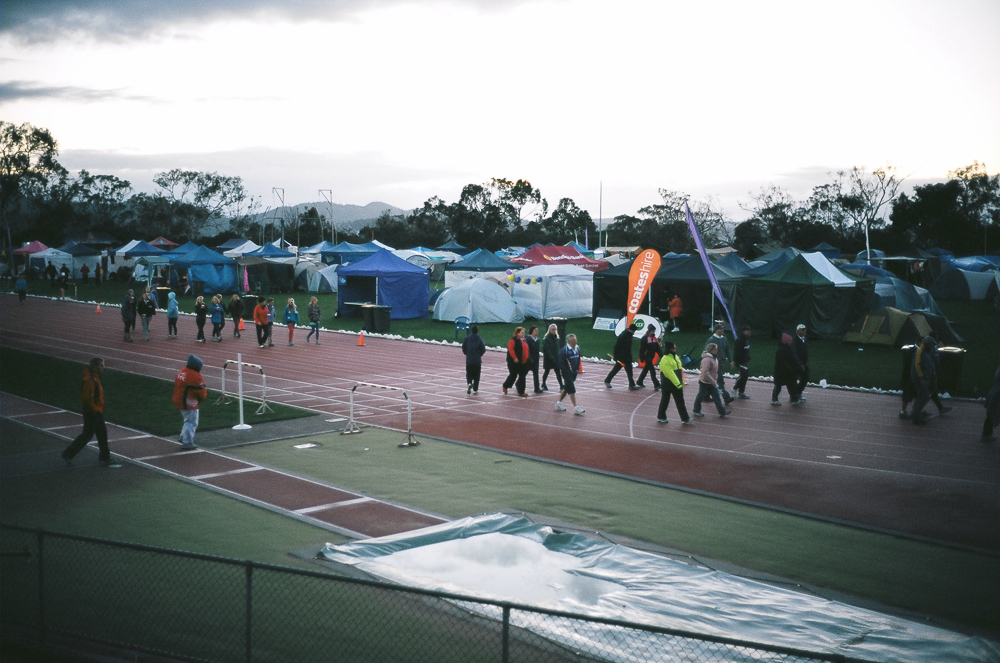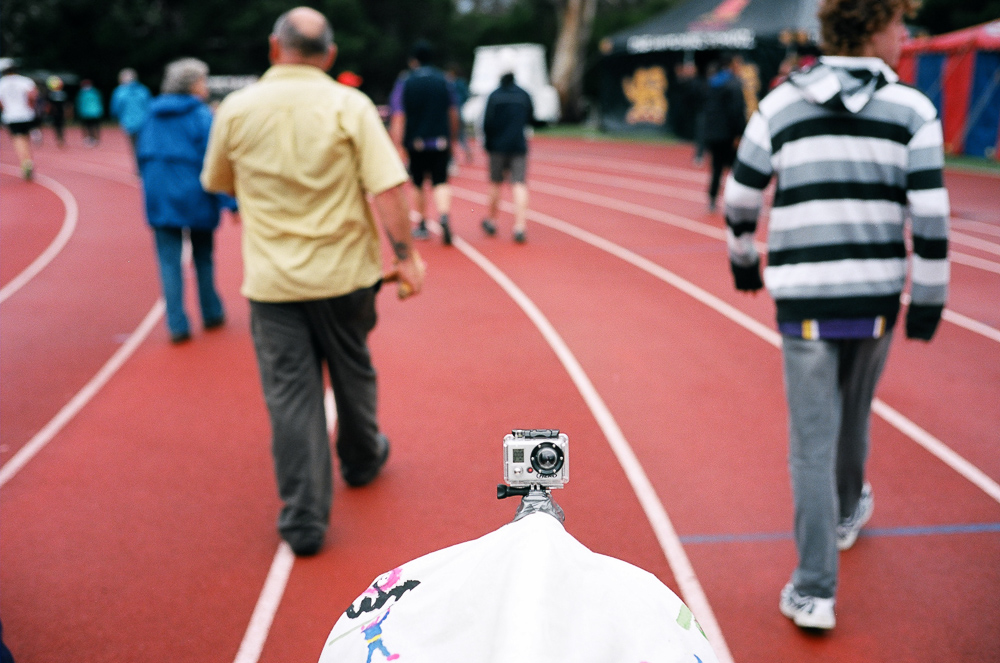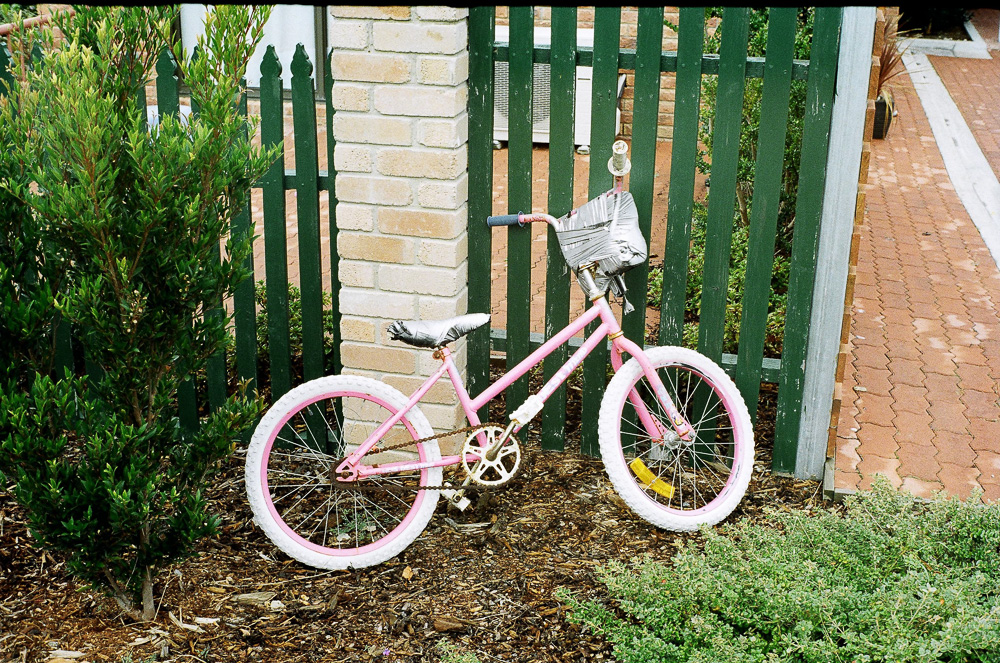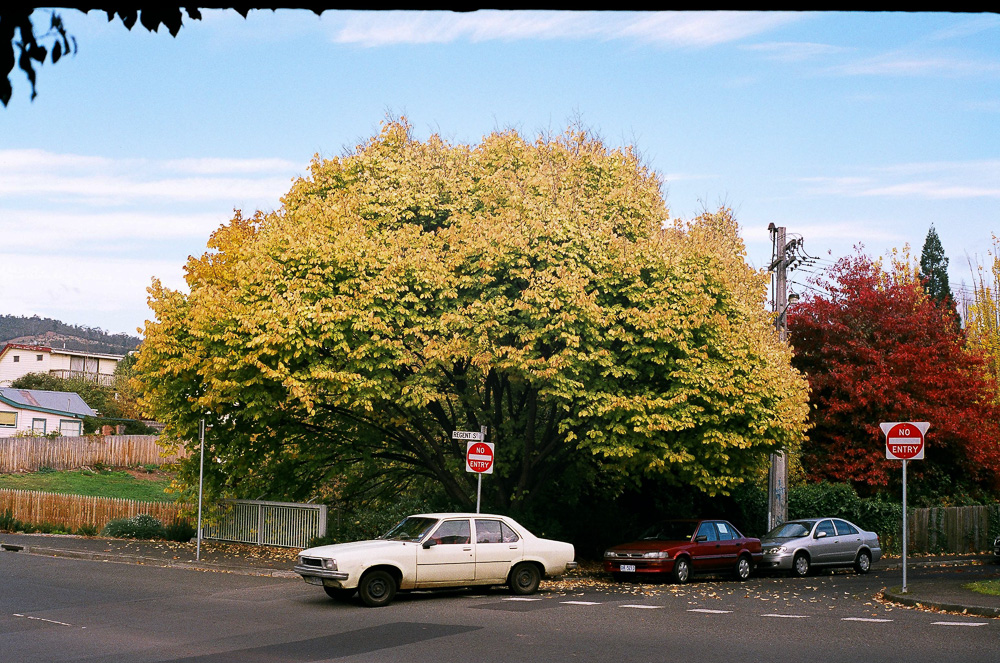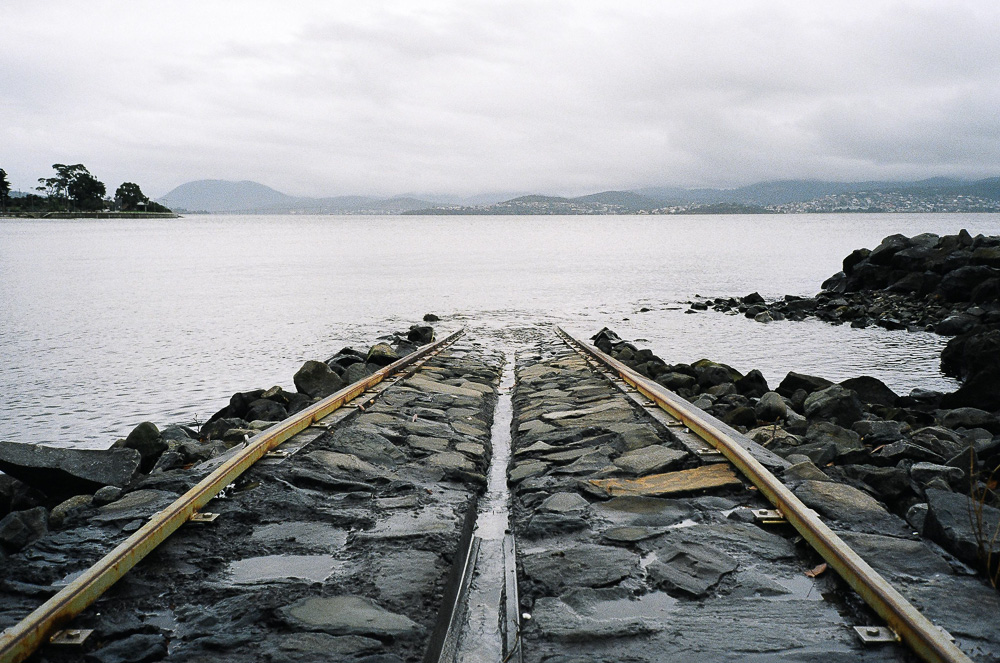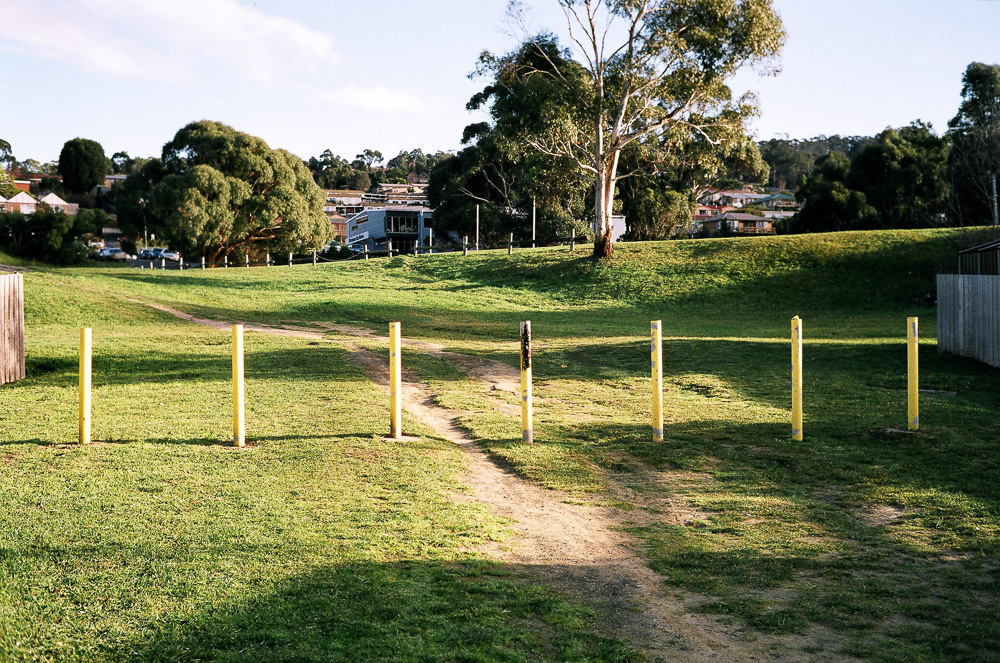In the world of cameras, only Sony are doing anything that really interests me right now. By putting big(er) sensors into small(er) cameras, they’re improving image quality without sacrificing portability. They’re improving low-light and noise performance without having to go to ridiculously high ISOs or invest precious R&D into new noise-reduction algorithms. They’re doing the right thing, or at very least, moving in the right direction.
It all started with the RX100, released just last year, a compact camera with a non-detachable zoom lens and a comparatively massive 1-inch sensor, the largest in its class. It was the first camera to put a big sensor in a body that was still extremely pocketable, and it was the first camera that offered anything close to the low-light performance of cameras with much larger sensors.
Not surprisingly, the RX100 received rave reviews despite the slightly higher price point — it was decidedly an “enthusiast compact” camera, and the price reflected its status, but it was still on the expensive side for people looking for an alternative to similar cameras such as the Canon S100 or S110, both of which retail around the $300 mark — by comparison, the RX100 is easily twice that price.
Regardless, the RX100 was a big hit with the wider photographic community. Someone at Sony must have decided this was a worthwhile path to pursue, because half a year later we saw the introduction of the RX1, the first camera to put a full-frame digital sensor in a compact camera. Not much bigger than the RX100, the RX1 is stil a hell of a lot more compact than any other camera with a large sensor, let alone a full-frame DSLR.
Like the RX100, the RX1 comes with a non-detachable lens, but unlike the RX100, the lens on the RX1 is a fixed-focal length lens (commonly referred to as a prime). The lens permanently attached to the RX1 is a 35mm f/2 Zeiss, and I for one am glad Sony chose to go with something decent for their choice of lens. Thanks to the combination of quality glass and a full-frame sensor, image quality, low-light image quality and noise performance all improved markedly.
The only real downside for consumers was the price: at close to what you might pay for a comparable full-frame DSLR, the RX1 is out of reach for anyone who actually wants a full-frame sensor in a compact body without the convenience of interchangeable lenses. You’d have to be a serious enthusiast (or flushed with cash) to fork out for a camera you bought for its size alone, especially when you can get a professional DSLR for around the same kind of money.
Nevertheless, like the RX100 before it, the RX1 was heralded as a breakthrough in digital camera technology simply because it was the first camera to include a full-frame sensor in a compact-like body. It, too, received rave reviews, despite its expensive price tag.
By this time, Sony had caught onto what consumers really wanted: DSLR-like image quality from compact cameras. The RX100 II followed with improvements to the general formula, including a new image processing chip for even better noise performance, coupled with the same big sensor in a compact body. Around the same time, Sony also released the RX1 R, a variant on the original that removed the anti-aliasing filter in favour of more effective resolution and slightly sharper images at the cost of possible moire when capturing certain lined patters.
